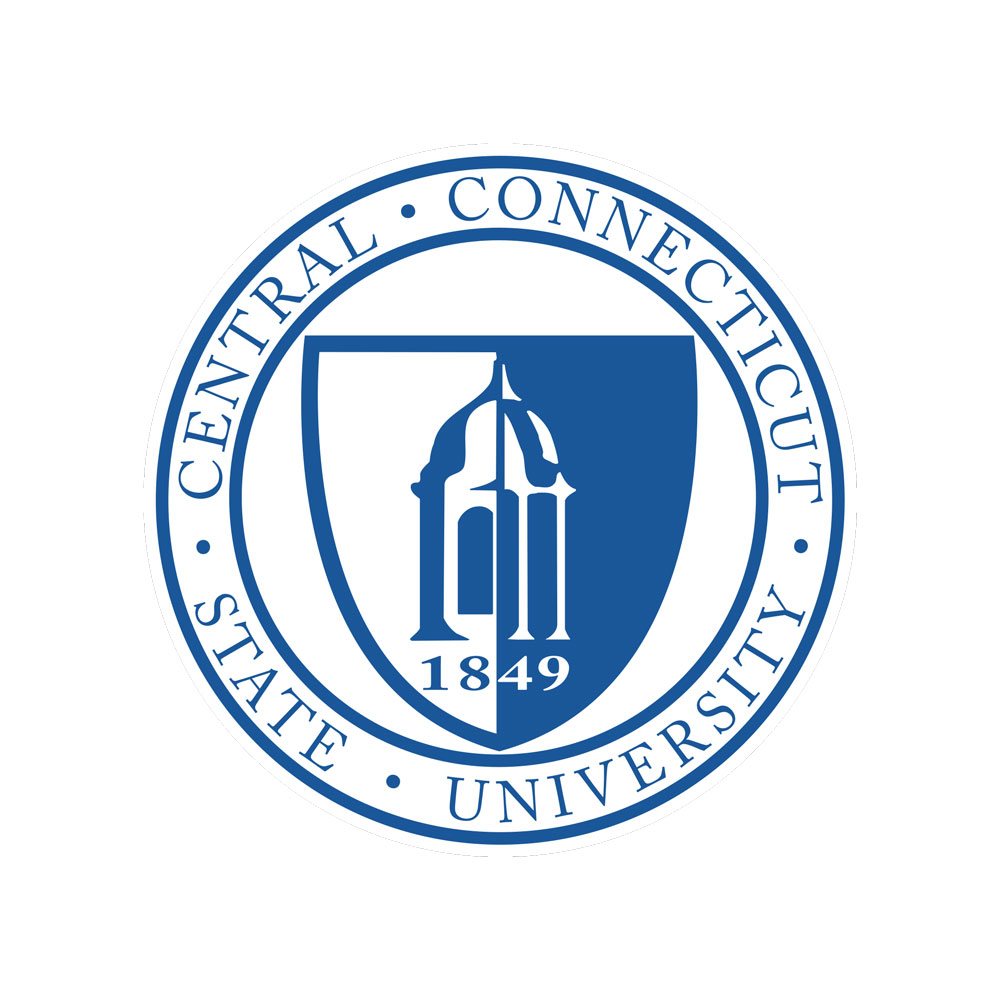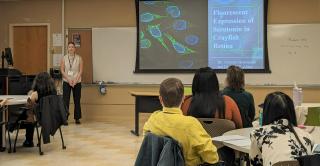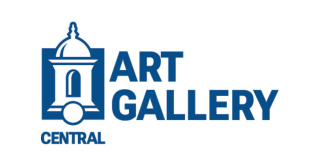
For students planning to become secondary science teachers, this degree is certifiable for teaching. Typically, students take general education and science classes until they have completed approximately 60-70 credits. At that point, they apply for admission to the Professional Program; once accepted to the program, they begin taking education classes.



